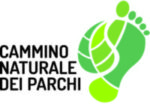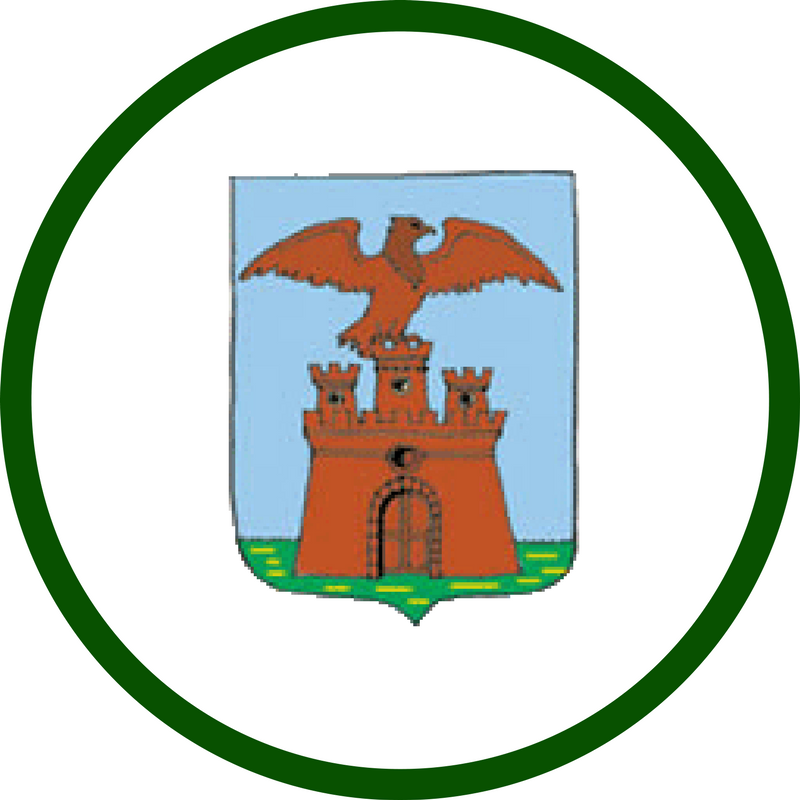The Borgo
Perched on the top of Mount Ginestro, the village of Castel San Pietro Romano is surrounded by powerful polygonal walls dated between the sixth and the fifth century BC. Its history was linked to the events of the Colonna family who for centuries exercised its lordship, building the Rocca Colonna on the highest calcareous spur. In 1482 it was restored; however, ceased its military function, the construction was abandoned. A few kilometers from the town, there is the Valle delle Cannucceta, a protected natural area that stretches for about twenty hectares, declared a Natural Monument of the Region in 1995. Of notable interest is the oak called 'del Palestrina', which tradition she was the companion of the great musician Giovanni Pierluigi da Palestrina (1525-1594).
Sites of interest
- Lithic finds
Perched on the top of Mount Ginestro, the village of Castel San Pietro Romano was the arx of ancient Praeneste. Recent archaeological research has brought to light ceramic materials dating back to the late Bronze Age (XV-XIV century BC), thus demonstrating the presence of a first residential nucleus. Seat of religious rites and events linked to the augurium and Aususpicium practices, it housed in antiquity a temple dedicated to Jupiter Arcano. -
The walls and the Roman aqueduct
The village is surrounded by powerful polygonal walls dating back to the sixth and fifth centuries BC, which embrace it joining the underlying city of Palestrina. It is possible to see the remains of the ancient pre-Roman aqueduct, a conduit that brought water from the source to the Borgo fountain, in the historical center of the city of Palestrina. Its construction dates back to the 6th century BC, concurrently with the construction of the polygonal walls.
SHEET :
Week:
Stages:
Inhabitants:
886
Region:
Lazio
Province:
Roma

